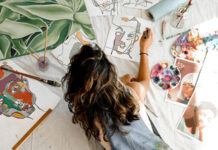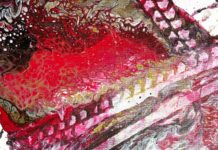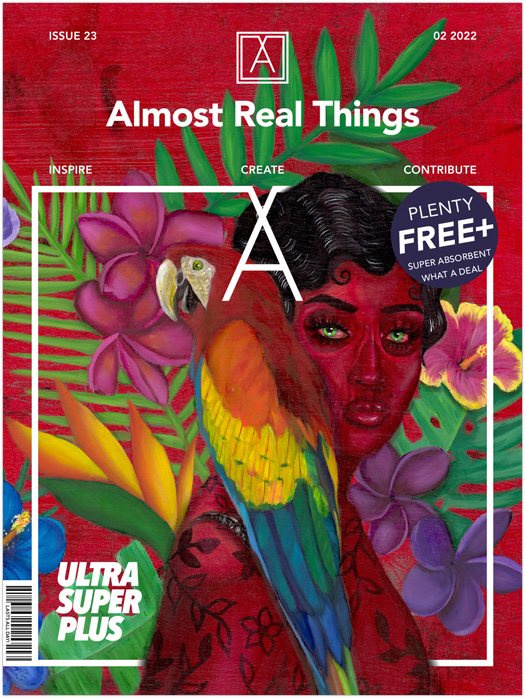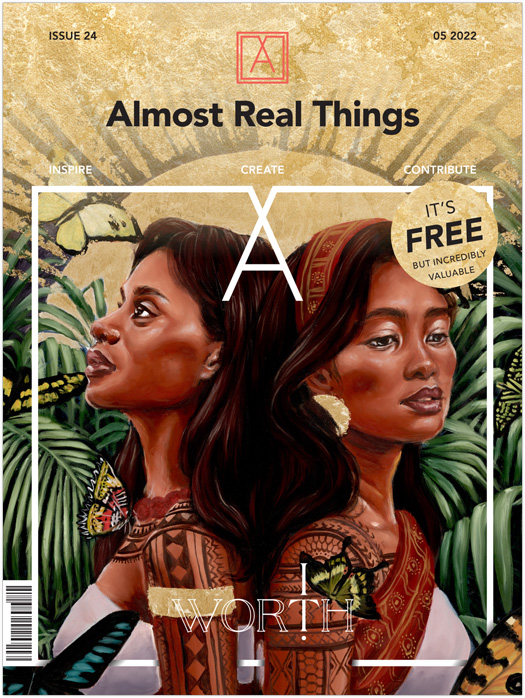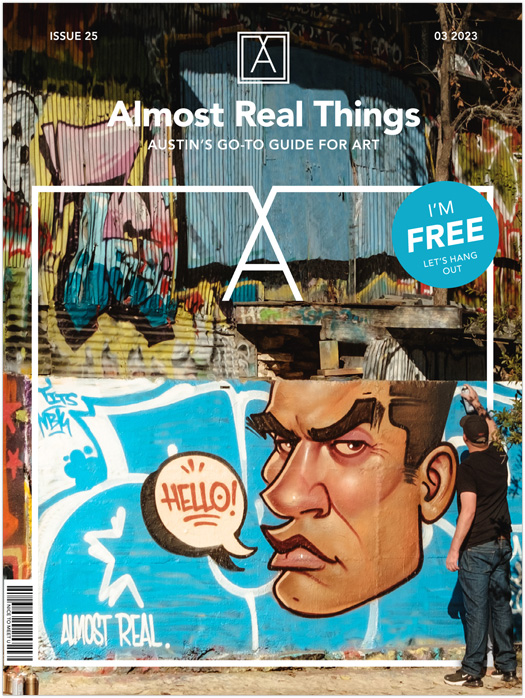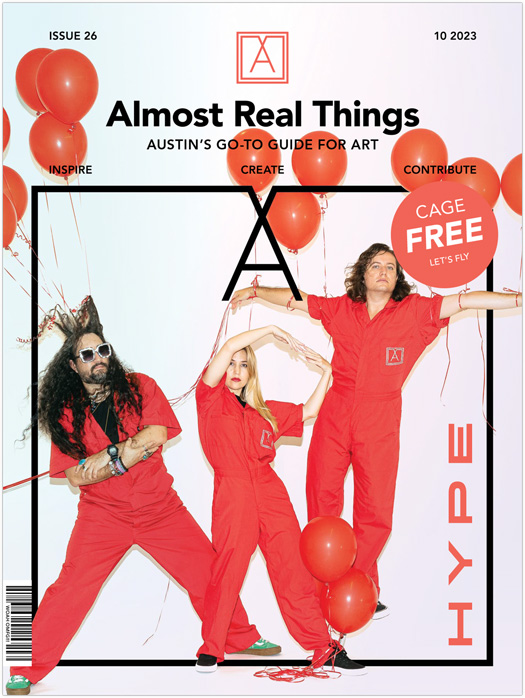For Issue 17 we only asked one question of Artist, Illustrator and Character Designer Sam Soper: tell us about your process. And Sam, being the brilliant, generous artist that she is, detailed every bit of her art making to share with us.
What is your art making experience?
I have a user experience (UX) design/development background. UX design is 100% about process. Prior to deciding to work for myself full-time, I worked on an in-house creative team, which taught me a lot about design studio methodology and how to appropriately distill clients’ and stakeholders’ needs/wants into concept sketches, wireframes, and proof-of-concepts that they could understand. Strangely enough, this has helped me become an even better illustrator, as I’ve applied similar methodology to dealing with commission clients and my own creative illustration projects.
Additionally, I learned much of my process from my partner, who is a huge proponent of iteration. Previously, I’d just do all my sketching on the final sheet and try to hide all my markings and erased iterations when I was inking or painting. When we started collaborating as BAMFaktory on some airbrush projects in 2014, he taught me about how iterations can increase the quality of my final work, including how to create transfers and how thumbnail sketching can help ensure a tight final composition.
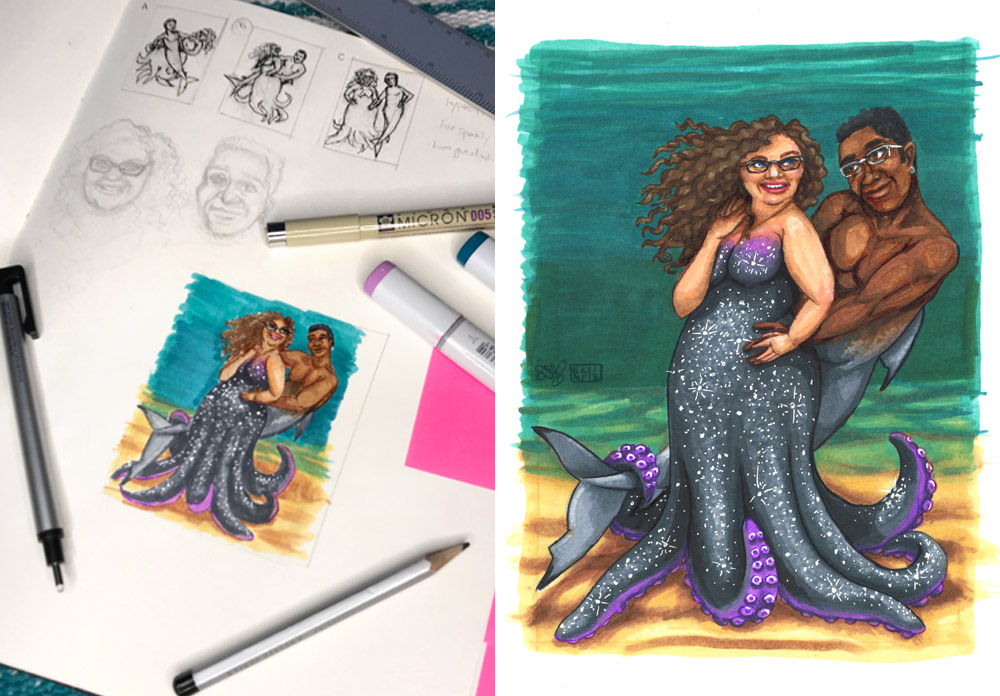
Why do you work this way?
First off, iteration gets my hand used to drawing and enables fine-tuning. Secondly, nothing is worse than having a cool idea, start working on drawing it, and realizing halfway through that you didn’t make room for a specific element or your proportions are all off or your composition looks really crowded or too spacey. That hasn’t happened since I started using a multi-step process.
Lastly, and most importantly for keeping deposits, commission clients understand what they are getting up front and throughout the process, as well as having multiple opportunities to provide feedback. Commission work is like doing an art collab with someone, except they often have a vague, yet oddly specific, creative vision with little-to-no art skills. You are mostly acting as an agent to facilitate making their vision a reality, offering your art skills and creative guidance along the way. With a solid collaborative process, there is never a moment of “welp, this isn’t what I was thinking,” only results of happy people with a new drawing they love and feel like they took part in.
The Steps
1 Ideation: Lists on lists on lists. I carry a dot-grid notebook with me
everywhere, so if I get an idea at random or in the middle of working,
I can write it down or sketch it out. I also keep a Trello board and various Google Docs with longer-running ideas, planning work, and notes. Rarely do I suffer from creative block since I have about 100 years worth of future artwork ideas at my fingertips at any given moment.
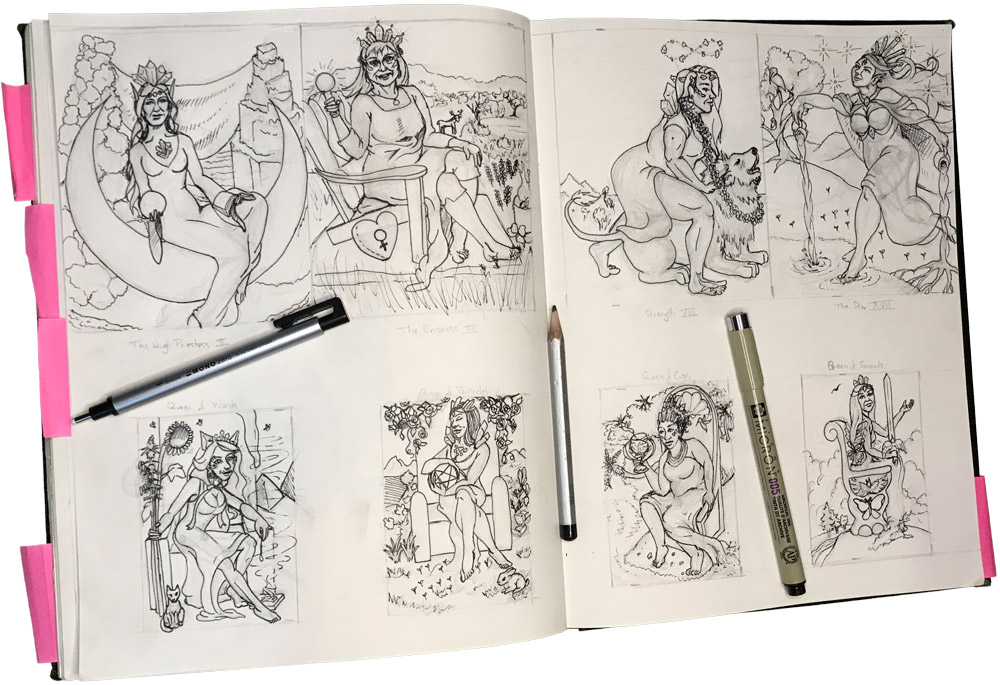
2 Thumbnail and concept sketches: I create thumbnail sketches at a half to a quarter of the size of the final piece done in pencil or fineliner pens in my sketchbook. Usually, I will do 2-3 thumbnail concepts, especially for commission work. Often for commission projects, I will include a close-up color sketch of the subject’s face or concept sketches of costuming design or significant items.

3 Transfer draft: Once I’ve gotten the thumbnail done (or selected/approved by the client), I will get out tracing paper and do an initial transfer draft at final size in pencil, then outline in Micron pen. Often, especially for my own work which features real people I know, I will request reference photos based on the thumbnail sketch to ensure that I nail the body proportioning. I’ll usually check in with my commission clients again to ensure that it meets their expectations, before moving on.
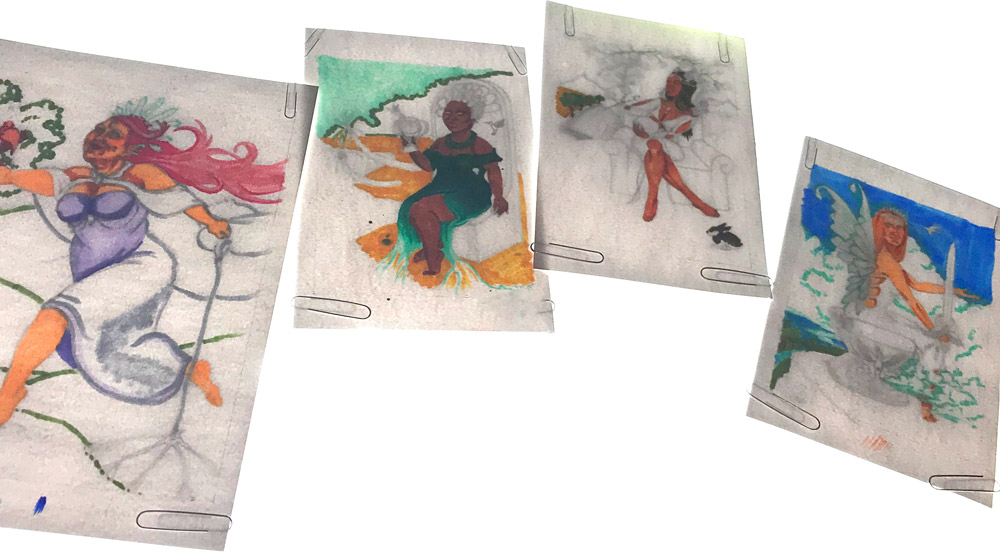
4 Transfer to final page: At this stage, I will get out a light box, paper clip my transfer sheet onto the back of the final page and transfer the outlines to the final page. Prior to getting a light box, I would do the old graphite transfer method. Doing this type of outline transfer helps preserve the quality of the final page and keeps me from any stray pencil marks showing through on the final piece.

5 Final piece: It’s inking time! Once I’ve done all of the process work leading up to this, I’ve basically made my very own coloring sheet to finish out.









